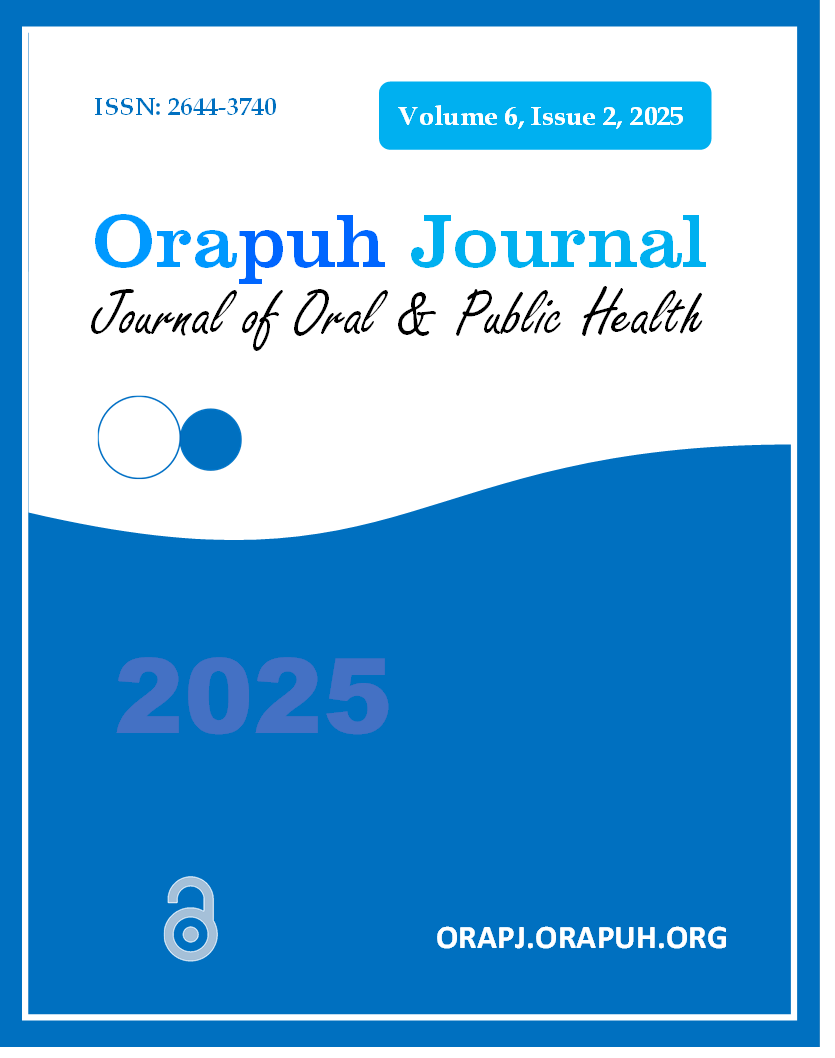Abstract
Introduction
Endoscopic sinus surgery (ESS) is considered the gold standard for the surgical management of sinonasal diseases but remains relatively less well known in our region.
Purpose
The aim of this study was to identify the indications for ESS and examine the sociodemographic, clinical, and satisfaction characteristics of patients undergoing the procedure.
Methods
A descriptive case series study was conducted from 2021 to 2024, enrolling patients who underwent ESS in three hospitals in Kinshasa. Sociodemographic characteristics, surgical indications, procedures, clinical outcomes, and patient satisfaction—measured using a symptom severity visual analogue scale—were evaluated. Allergy prick tests, preoperative endoscopy, and sinus CT scan findings were recorded. The Pearson chi-square (χ²) test and Student’s t-test were used for data comparison, with statistical significance set at p < 0.05. Patients were followed up on postoperative days 1, 7, 15, and 30.
Results
A total of 68 patients underwent surgery, with a mean age of 43.6 ± 19.8 years, and 58.8% were male. Nasal obstruction was the most frequently reported symptom (77.9%), followed by rhinorrhea (54.4%) and dysosmia (45.6%). Allergy and asthma were present in 22.0% and 11.8% of patients, respectively. Chronic rhinosinusitis with nasal polyps (CRSwNP) was the most common surgical indication (36.8%), followed by chronic rhinosinusitis without nasal polyps (CRSsNP) and sinonasal tumors, each accounting for 22.1%. Middle meatotomy (MM) was the most frequently performed surgical procedure (50.0%), followed by endonasal polypectomy (45.6%), anterior ethmoidectomy (35.3%), and inferior turbinate cauterization (28.7%). Histological analysis revealed that 63.2% of inflamed polyps were eosinophilic. Approximately one in four patients experienced minor complications, including epistaxis (13.2%), headache (8.8%), and palpebral edema (1.5%). By the 30th postoperative day, all symptoms had significantly improved, except for epistaxis.
Conclusion
This study demonstrated that CRSwNP was the most common indication for ESS, with MM being the most frequently performed surgical procedure. Patient satisfaction was high, suggesting that ESS should be further implemented for the management of sinonasal diseases in our setting.
References
Algahtani, S., Alhajlah, A., Abuharb, A. I., Alzarroug, A. F., Almughira, A. I., Alsywina, N., Alahmadi, F. K., & Al-Dubai, S. (2024). Outcomes of functional endoscopic sinus surgery in chronic rhinosinusitis: A systematic review and meta-analysis. Cureus. https://doi.org/10.7759/cureus.53952
Alrajhi, A. A., Alghamdi, A. S., Baali, M. H., Altowairqi, A. F., Khan, M. F., Alharthi, A. S., Albazee, E., & Abu-Zaid, A. (2022). Efficacy of prophylactic pre-operative desmopressin administration during functional endoscopic sinus surgery for chronic rhinosinusitis: A systematic review and meta-analysis of randomised placebo-controlled trials. Clinical Otolaryngology, 48(2), 139–150. https://doi.org/10.1111/coa.14020
Bartier, S., Coste, A., & Bequignon, E. (2021). Stratégies de prise en charge de la polypose naso-sinusienne primitive de l’adulte. Revue des Maladies Respiratoires, 38(2), 183–198. https://doi.org/10.1016/j.rmr.2020.10.00
Dai, J., Huai, D., Xu, M., Cai, J., & Wang, H. (2021). Revision endoscopic frontal sinus surgery for refractory chronic rhinosinusitis via modified agger nasi approach. Journal of International Medical Research, 49(4), 030006052199527. https://doi.org/10.1177/0300060521995273
David, M. E., François, D., Dalil, A. B., Antoine, B. S., Christian, A. N. Y., Biouélé, R. C. M., Christophe, A. L., Emmanuel, C. N., & Richard, N. L. (2021). La chirurgie endoscopique endonasale à Yaoundé. Health Sciences and Disease, 22(12). https://www.hsd-fmsb.org/index.php/hsd/article/view/2825
Gohar, M. S., Niazi, S. A., & Niazi, S. B. (2017). Functional endoscopic sinus surgery as a primary modality of treatment for primary and recurrent nasal polyposis. Pakistan Journal of Medical Sciences, 33(2). https://doi.org/10.12669/pjms.332.11800
Hemmi, T., Nomura, K., Kobayashi, Y., Numano, Y., Ikeda, R., Sugawara, M., & Katori, Y. (2023). Epidemiology of postoperative bleeding after endoscopic nasal and sinus surgery and factors associated with bleeding. European Archives of Oto-Rhino-Laryngology, 281(4), 1843–1847. https://doi.org/10.1007/s00405-023-08377-z
Masson, E. (n.d.). Complications de la chirurgie endoscopique nasosinusienne. EM-Consulte. https://www.em-consulte.com/article/1483030/complications-de-la-chirurgie-endoscopique-nasosin
Qadeer, S., Akhtar, S., Junaid, M., & Halim, M. S. (2018). Quality of life after functional endoscopic sinus surgery in patients with chronic rhinosinusitis. International Journal of Otolaryngology and Head & Neck Surgery, 07(04), 189–198. https://doi.org/10.4236/ijohns.2018.74020
Saydy, N., Moubayed, S. P., Bussières, M., Janjua, A., Kilty, S., Lavigne, F., Monteiro, E., Nayan, S., Piché, M., Smith, K., Sommer, D., Sowerby, L., Tewfik, M. A., Witterick, I. J., Wright, E., & Desrosiers, M. (2021). What is the optimal outcome after endoscopic sinus surgery in the treatment of chronic rhinosinusitis? A consultation of Canadian experts. Journal of Otolaryngology - Head and Neck Surgery, 50(1). https://doi.org/10.1186/s40463-021-00519-9
Vicaut, E., Bertrand, B., Betton, J., Bizon, A., Briche, D., Castillo, L., Lecanu, J., Lindas, P., Lombard, B., Malard, O., Merol, J., Monteyrol, P., Nasser, T., Navailles, B., Prulière-Escabasse, V., Stringini, R., & Verillaud, B. (2019). Use of a navigation system in endonasal surgery: Impact on surgical strategy and surgeon satisfaction. A prospective multicenter study. European Annals of Otorhinolaryngology Head and Neck Diseases, 136(6), 461–464. https://doi.org/10.1016/j.anorl.2019.08.002

This work is licensed under a Creative Commons Attribution-NonCommercial 4.0 International License.

